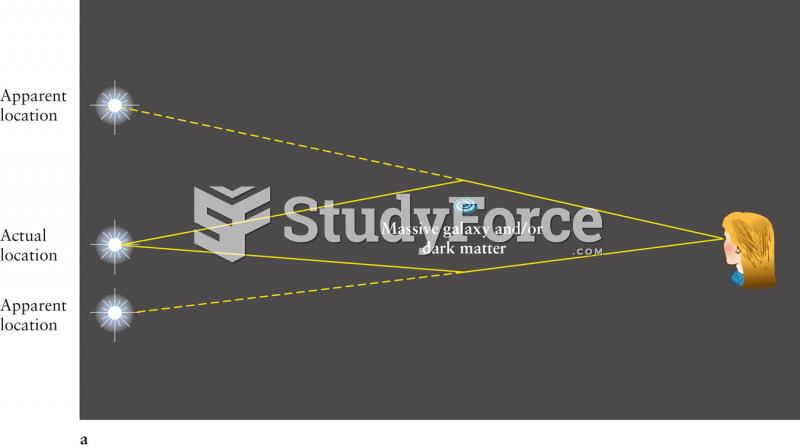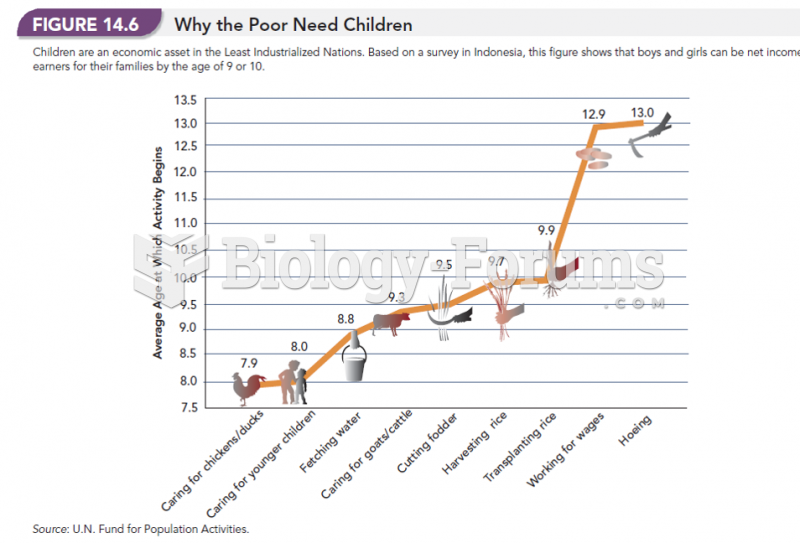Answer to Question 1A
Feedback
A Metabolic acidosis may be found in cases of starvation. At 7.3 the patient's pH is below the normal (7.35 to 7.45), the partial pressure of arterial carbon dioxide (PaCO2) is in the normal range of 35 to 45 mm Hg (at 38 mm Hg), and at 19 mmol/L, the bicarbonate concentration (HCO3) is below the normal of 22 to 26 mmol/L. These findings demonstrate metabolic acidosis.
B The values of pH 7.5, PaCO2 34 mm Hg, and HCO3 20 mmol/L are consistent with respiratory alkalosis, compensated. This would not be typical of malnutrition.
C The values of pH 7.35, PaCO2 35 mm Hg, and HCO3 24 mmol/L represent normal arterial blood gas results.
D The values of pH 7.52, PaCO2 48 mm Hg, and HCO3 28 mmol/L are consistent with metabolic alkalosis, compensated. This would not be an expected finding with extremely poor nutrition.
Answer to Question 2B
The client must receive a composite Aldrete score of 8 to 10 before being discharged from the PACU. The nurse may anticipate that the client with an Aldrete score of 8 will be discharged back to his room on the nursing unit.
If the client's condition is still poor after two to three hours (an Aldrete score below

, the phy-sician may transfer the client to an intensive care unit.
If the client's condition is still poor after two to three hours (an Aldrete score below

, the phy-sician may lengthen the client's stay in the PACU until the score improves.
A client with an Aldrete score of 8 is unlikely to return to the operating room for surgical evalua-tion.
Answer to Question 3D
Opioid medication is known to slow gastrointestinal transit time, which places the patient at high risk for constipation. Stimulant laxatives are indicated for opioid-induced constipation. Added water to the diet will allow water to be pulled into the GI tract, softening up stool. Massaging the patient's abdomen may cause further discomfort. Discontinuing pain medication is inappropriate for a terminally ill patient. Enema administration is not the first step in the treatment of opioid-induced constipation.







